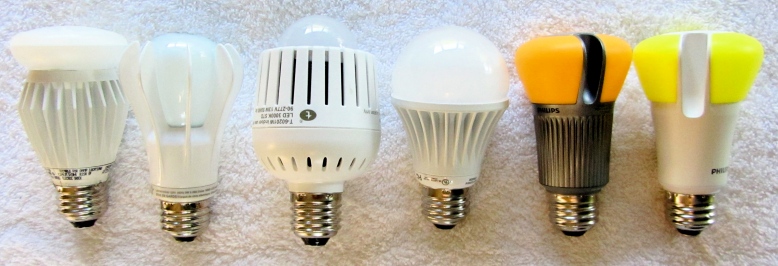Creating energy efficient spaces in the West Michigan Area is tough. It’s not as simple as just slapping solar panels on a roof and calling yourself “off the grid”. According to the U.S. Energy Information Administration (EIA), there four main sources of energy that constitute a space’s energy footprint: air conditioning, water heating, appliances/lighting/electronics and space heating.
Because Michigan has a cold climate for 6-7 months out of the year, space heating accounts for the largest portion (55%) of energy consumption according to the EIA. This makes energy consumed for heating a prime candidate to look at when reducing one’s consumption footprint. It can be as simple as turning the thermostat down a few degrees and throwing on a sweatshirt.
What do those few degrees save? A lot according to David Bell, renewable energy specialist and Senior Mechanical Engineer at Progressive AE. “For each degree that you turn the thermostat down, you save roughly two percent on your energy bill each month” Said Bell.
If you work in a small office space, turning down the thermostat may seem like a silly idea; those who liked the warmer space will just want to bring in space-heaters then, right? Absolutely, and that’s fine! Despite being seen by many as a poor appliance for efficient usage of energy, newer model space heaters are actually quite efficient.
There’s another reason why inhabitants of a space should be okay with space heaters, too. “When people have control over their own space, they feel better about their space, and they perform better,” Explains Bell. So not only does lowering the thermostat and using a good space heater cut down on the biggest end use culprit, but it can raise the performance of those in the space with you!
There’s more opportunities to reduce your consumption beyond just making your space colder. Bell highlighted a few key ideas that are simple for homeowners and office space inhabitants alike to get started with, each a step in the right direction to reducing one’s energy consumption footprint.
Check out each of the ideas below and think about how you could use it to improve your space!
Make sure that your end use appliances are as new as possible.

Always buy appliances that are Energy Star certified!
In the last few years, appliances have improved by leaps and bounds in terms of energy consumption. “Refrigerators that are 20 years old are way less efficient than what they’re making now” says Bell. When shopping for new appliances, look for the Energy Star seal of approval.
Lighting: LED>CFL>Incandescent

Recent advancements in Light Emitting Diode (LED) technology have helped to create incredibly efficient light bulbs out of them. In recent years the push has been to switch to Compact Fluorescent Light bulbs (CFL) from the old Incandescent bulbs. While this is a good move, LED’s are superior to both.
Hope College senior Anne-Lynn Dillman knows first-hand how much of a difference LED lights can make. “It was natural, pleasant light and beyond that, our utility bill was basically cut in half. Between the [warm] light and the energy savings, the LED bulbs proved [their worth].” Said Dillman.
Programmable Thermostats

Bell describes these as the best thing that you can do for a home. Systems like the Nest thermostat system are connected to the web, so you can change the settings even when you’re not at home through your phone, computer, or tablet. Lowering the temperature in your space when you’re not there is one of the easiest ways to reduce the biggest culprit of energy consumption in West Michigan spaces. They’re reasonably priced, and the savings will cover the up-front costs in a very short time.
Other improvements that space owners should consider are a bit more capital-intensive, but are still worth considering. When replacing larger aspects of your space, such as windows or the furnace, always prioritize energy efficient products. “If you just tell the furnace guy to replace your furnace, they will use whatever is on the shop shelf. Pushing them to find the most efficient models is important here” Says David Bell.
Above all, whenever you’re replacing anything pertaining to energy consumption in your space, live by Bell’s simple rule.
Never replace like-for-like. Always look to get the newer, more efficient versions of products.
